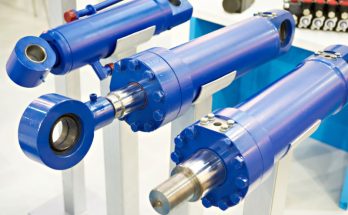In today’s tech-driven marketplace, launching a new product isn’t the finish line—it’s the starting gun. Engineers and entrepreneurs invest months (if not years) perfecting designs, sourcing materials, and fine-tuning prototypes. But in a global economy where replication is one screenshot or reverse-engineer away, how do you actually protect your mechanical innovation?
The answer? Strategy, savvy—and just a touch of legal foresight.
Innovation Without Protection Is Just a Pitch
Let’s say you’ve developed a breakthrough in robotic grippers that reduce failure rates by 40%. You take it to market, win some industry awards, and start building a customer base. But a year later, you discover a competitor offering a strikingly similar product—same contours, same performance specs, even the same quirks.
You didn’t just lose a sale. You may have lost your edge.
This is where a solid intellectual property (IP) strategy comes into play. From utility patents to trade secrets and non-disclosure agreements, these tools are essential in securing your turf. But paperwork alone won’t always be enough—especially when things escalate to court.
What Happens When You’re Copied?
When your design or mechanical system is copied (or accused of copying), your first move should be assembling a team. That includes your attorney—and, crucially, a technical specialist who can speak both engineering and legalese.
Enter the mechanical innovation expert witness.
These professionals bridge the gap between your product’s schematics and the courtroom. They interpret technical documents, analyze competing designs, and offer expert opinions grounded in engineering principles. Most importantly, they translate complex mechanical concepts into something a judge or jury can actually understand.
Whether you’re defending your IP or pushing back on an infringement claim, a mechanical innovation expert witness can make the difference between a favorable ruling and a long, expensive disappointment.
Design Around, Don’t Trip Over
Of course, not every similar product is a case of theft. Sometimes, businesses independently develop comparable solutions—or they build around existing patents in legally permissible ways.
That’s why documentation matters. Keep detailed records of your design iterations, testing protocols, and decision-making processes. This creates a development timeline that can prove originality in court and strengthen your IP claims.
Also: register what you can, when you can. Filing early gives you priority, which is critical in patent law. And if your invention qualifies for a design or utility patent, don’t wait. Protection delayed is often protection denied.
Staying Ahead in a Crowded Field
Innovation isn’t just about having a great idea—it’s about defending it. In crowded sectors like mechanical engineering, success often comes down to who’s better prepared, not just who’s more inventive.
So build your IP defenses early. Work with experienced legal and technical advisors. And when litigation or arbitration comes knocking, make sure you have someone who can dissect a CAD file and cross-examine a competitor’s blueprint—with authority and clarity.
Because in the high-stakes world of mechanical design, the real winners aren’t just the ones who innovate. They’re the ones who protect.




